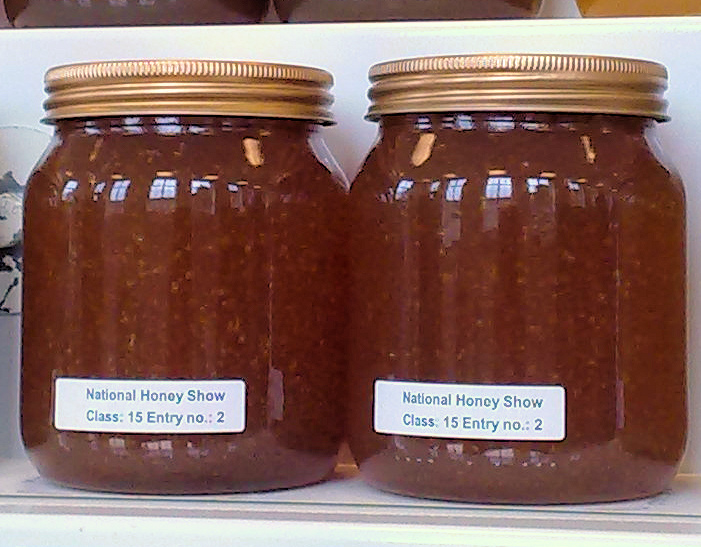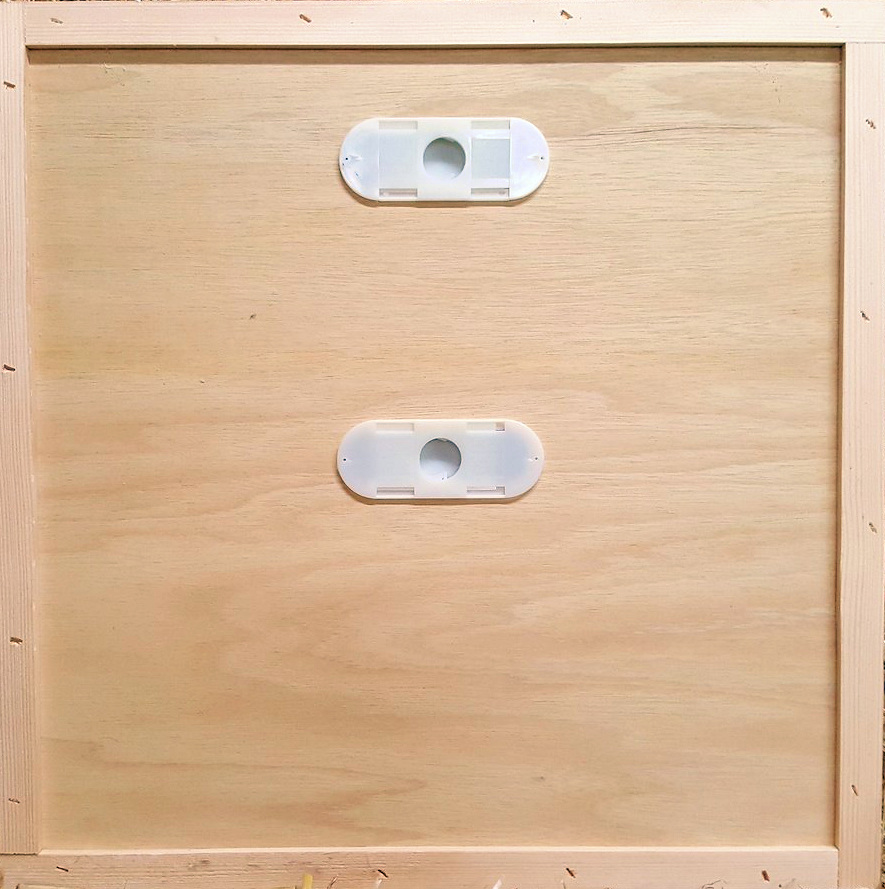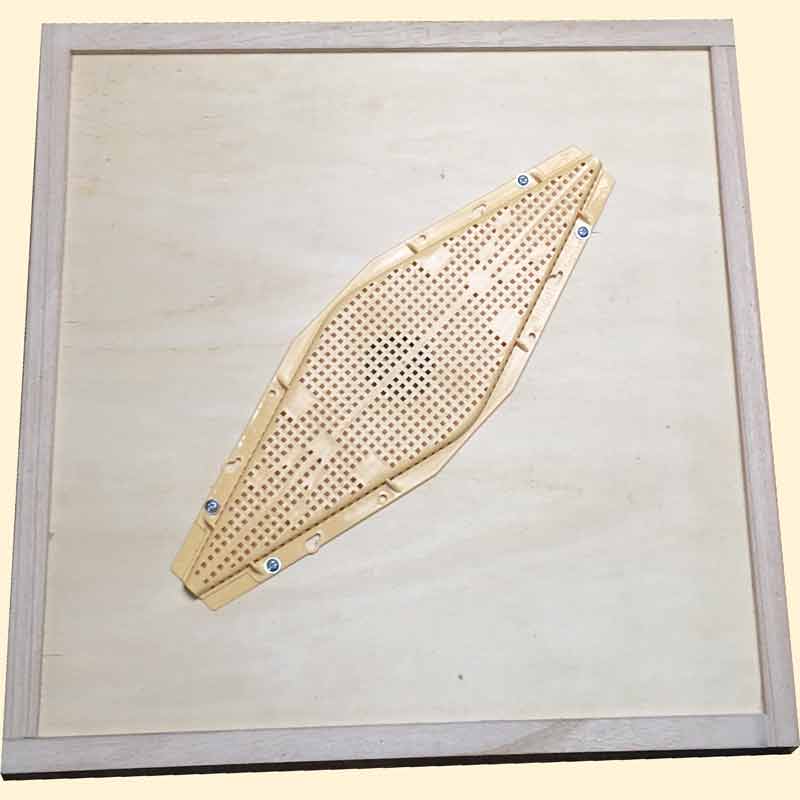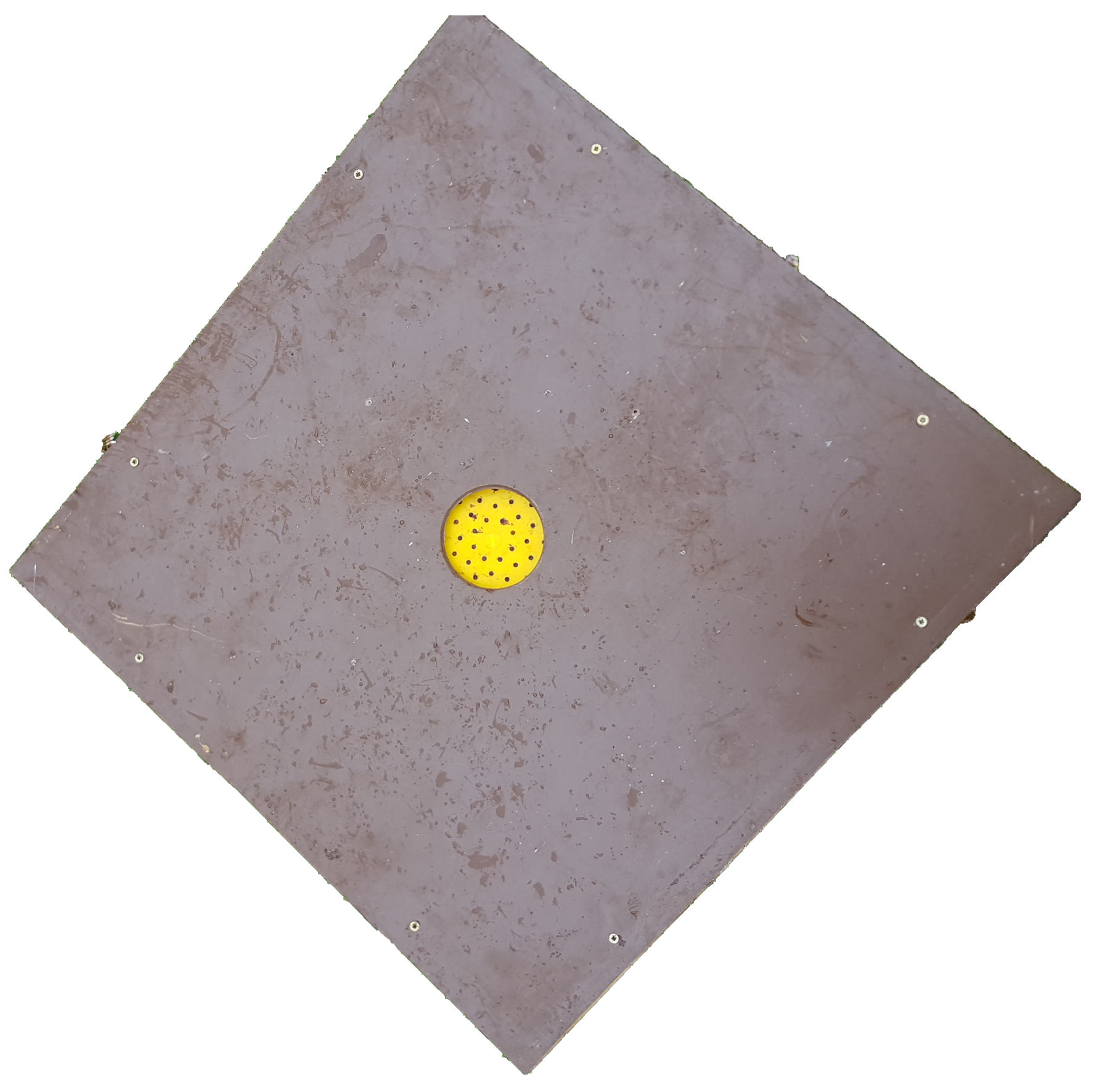OBKA Tutors Blog #14 – Harvest – getting supers off the hive
So you keep bees – probably – as you want a honey crop, and this is the time when you’ll be thinking about harvesting.
Some beekeepers harvest “as they go” so when you ‘re inspecting, if you find a frame that is fully capped, then its taken out of the hive so the honey can be harvested from it.
Others may take off both a spring and a summer harvest, if the area they are in has a good “honey flow” in the spring – or if there is Oil Seed Rape grown nearby, as OSR honey crystallises very quickly and can set in the frames. You can also get a “flow” in the autumn, and some may harvest this, or you may want to leave it for the bees, to save needing to feed them, either at all or so much. Sometimes there is a late heather crop, but that needs special handling as the honey is thixotropic (jelly like) and won’t extract easily.

Ling Heather Honey
I think there are 4 stages to harvesting your honey –
- getting the supers off the hive, and transporting them to your extraction facility
- extracting,
- straining and “ripening” and
- packing for sale.
And in this blog I ll deal with the first stage, getting the supers off the hive.
When you are working your hives, you will have noticed that the bees are always in the supers, so the first step in taking honey off is to “clear” the bees out of the supers.
Traditionally this is done with a “Clearer Board” – a spare crown board can be adapted by fitting a “Bee Escape”, and this is then put in the hive, with the supers to be removed above it. Make sure the supers are bee tight …. once the bees are out of the supers, the honey is undefended and wasps and robber bees will find any hole, and you will lose an amazing amount of your crop in a very short time! Typically a clearer board is left in place for 24 hours, and ideally you remove the supers in the evening when bees are less active.
There are other methods of clearing bees from supers – from brushing each frame (time-consuming, but may save you a second trip, and feasible if you've only got a small number to process), using a repellent (not very effective in my experience) to using some kind of blower to blow them off (not a happy experience for the bees).
And of course there are several types of bee escape – the traditional one is the “Porter” bee Escape, which fits neatly into the precut holes in a proprietary crown board, but rely on the bees going through a pair of springs which need to be adjusted. Better in my experience are the “lozenge” escapes, which works more like a lobster pot – and has the advantage of not needing a perfectly sized and shaped oval hole.

National Crownboard with Porter bee escapes

Rhombus bee clearer board

Rhombus clearer in action - rhombus cut in half and put in opposite corners

Clearer board with 8-way clearer

8-way clearer - the exits!
It’s important is that when you remove the supers, that they are taken away to a bee proof location quickly; again the bees will find unprotected supers very quickly and will rob it out – this includes from within your kitchen or where ever you do your extracting. If you are removing several supers, put the crown board on top of the supers that waiting, or a cover cloth, to prevent bees getting back i while your back is turned!
If you ‘re using a barrow or transporting the supers in a car or van, then that needs to be clean (and the car/van bee tight – shut the windows and doors unless you are actually putting stuff in it.
Ideally put the supers in a tray (60 cm square gravel trays are good, and make good emergency roofs for hives too) in the boot, and again when you are stacking them on the floor waiting for extraction. Certainly stand them on something clean, and that will accommodate any slight leakage / drips.
You are unlikely to clear EVERY bee from the supers, and may find a few in the car with you – they ll fly up to the windows and if the windows are opened a crack, should leave. A small brush will help you flick others out. Cover the supers with clean cloth when in transit, but don't be concerned if you find you have the company of a few bees as you drive – opening the car windows while you are actually driving will help them out! There will be stragglers, and they’re very unlikely to be any bother (other than pooing on the car upholstery!).
If you are putting the supers in a car on a hot, sunny day, with the windows shut the car can get very hot, very quickly …. so park in the shade, otherwise your precious crop could become a sticky mess, as could your car.
Do remember that each super can weigh about 15kg (30lb) and should yield about 12kg of honey (25lb); heavy …. you may need assistance lifting and carrying them. And you may want to have records of which honey came from which apiary (if you have more than one), or hive, so fixing a label on each super with information on it can help here – a drawing pin and a bit of card is enough on wooden hives. Ideally put the label on before the supers are taken off the hives, very easy to get confused!
NEXT Post… Extracting ….
Andy Pedley